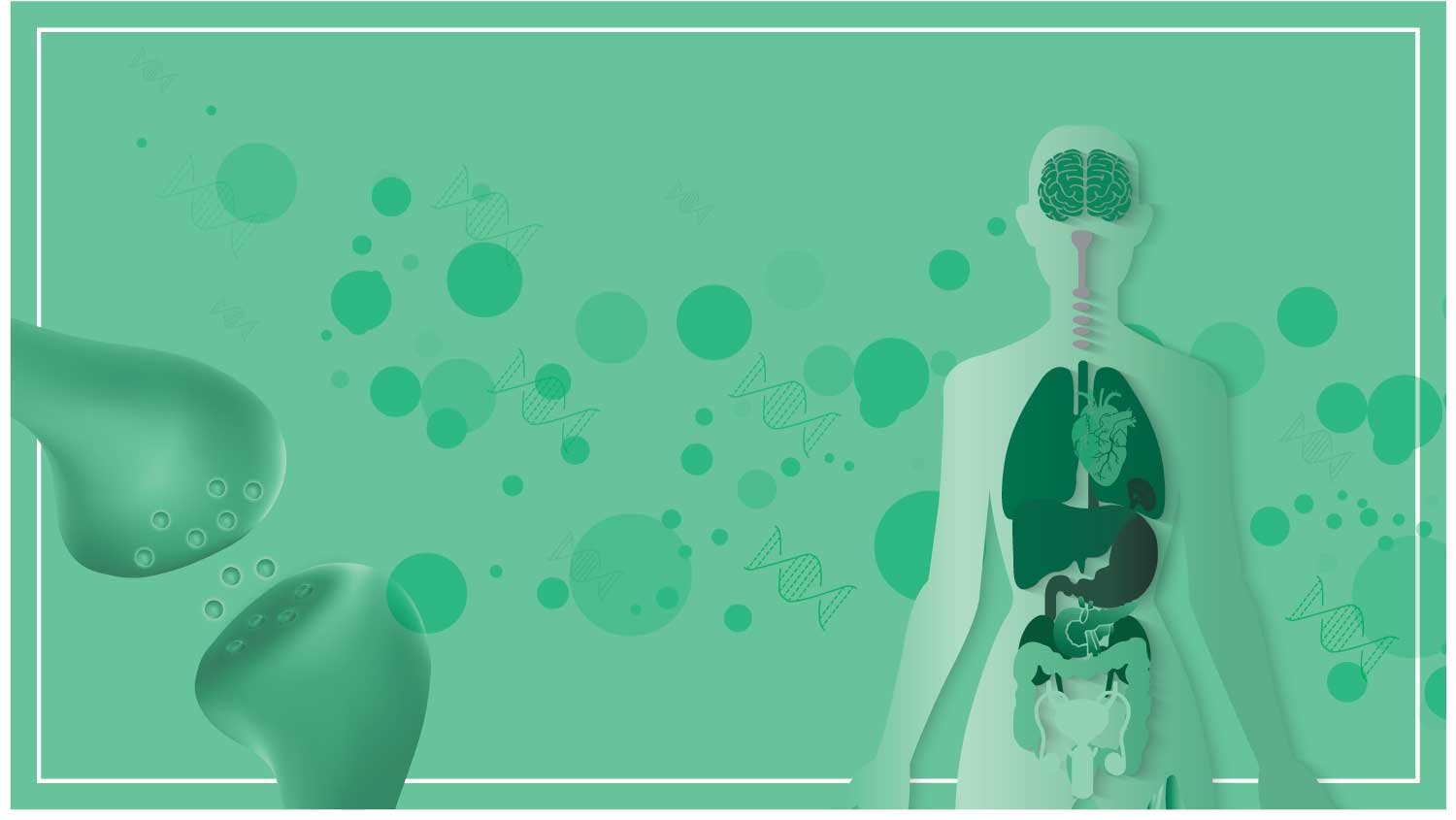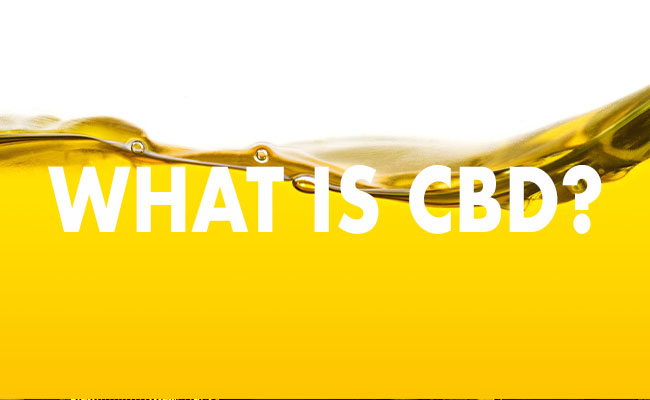
The Endocannabinoid System: How Does It Work?
WRITTEN BY TRANG TRAN AND DR. SWATHI
The endocannabinoid system (ECS) is involved in many processes including learning and memory, pain, inflammation, appetite regulation, digestion, energy balance, sleep-wake cycle, and regulation of stress and emotions. It consists of a number of components including:
- cannabinoid receptors (CB1, CB2)
- endogenous cannabinoids (i.e., cannabinoids that are produced inside the body; also known as endocannabinoids)
- the enzymes (proteins) responsible for the synthesis and degradation of the endocannabinoids
- phyotcannabinoids, cannabinoids found in plants (i.e., cannabidiol (CBD), tetrahydrocannabinol (THC) found in cannabis)
- non-cannabinoid receptors (TRPV1, PPARγ, others)
What are cannabinoid receptors?
The two most widely studied are CB1 and CB2–both of which are involved in regulating the effects of endocannabinoids. In particular, CB1 receptors play an important role in emotional behavior (stress, fear, or anxiety) and cognition, and CB2 receptors are a part of a general protective system (immune system). Both CB1 and CB2 are found extensively throughout the body–more specifically, CB1 receptors are found at high concentrations in the brain and CB2 receptors are often found in cells of the immune system.
How does CBD interact with the cannabinoid receptors?
Interestingly, cannabidiol (CBD), a compound derived from the cannabis plant, does not interact with CB1 or CB2 receptors. But the discovery of the cannabinoid receptors suggested that molecules that may stimulate or inhibit these receptors in the body are present.
Wait, we make our own cannabinoids?
By definition, the term ‘endocannabinoid’ means cannabinoids that are created in the body. The two most widely studied endocannabinoids are anandamide (AEA) and 2-arachidonoylglycerol (2-AG). Both 2-AG and AEA mediate the activation of CB1 and CB2, but whereas 2-AG is from peripheral tissues and favors CB2 receptors, AEA (referred to as the “bliss molecule” whose name originates from ananda in Sanskrit) favors the CB1 receptors. Unlike other chemical substances such as acetylcholine, dopamine, and serotonin in the body, AEA and 2-AG are released on demand. The activation of the CB1 receptor by the endocannabinoids inhibits, or prevents, the release of various chemical substances in the brain.
Also read: CBD and Brain Health
Why does the ECS matter?
In short, the ECS matters because it is linked (either directly or indirectly) to the majority of physiological processes in the body. The goal of the ECS is to promote and maintain homeostasis, or harmony and balance in the body. Sometimes referred to endocannabinoid tone, the ECS strives to function at its best, so the higher the endocannabinoid tone, the better the overall functionality of the body.
The role of the ECS in health and disease
An increase or decrease in ECS tone is associated with various disease-causing states. For example, individuals with obesity seem to exhibit an increased endocannabinoid tone, driving CB1 activation. Rimonabant, which blocks CB1, was approved for the treatment of obesity but was subsequently withdrawn from the market due to psychiatric side effects such as anxiety and depression. By contrast to CB1 signaling which contributes to increased cardiovascular risk in humans with obesity, CB2 signaling in the heart may protect the heart. As can be seen, ECS seems to play a role in health and disease and thus emerges as a potential target of drug therapy.
References
- Aizpurua-Olaizola O, Elezgarai I, Rico-Barrio I, Zarandona I, Etxebarria N, Usobiaga A. Targeting the endocannabinoid system: future therapeutic strategies. Drug Discov Today. 2017;22(1):105-110. doi:10.1016/j.drudis.2016.08.005
- Fowler CJ. The endocannabinoid system - current implications for drug development. J Intern Med. 2021;290(1):2-26. doi:10.1111/joim.13229
- Kruk-Slomka M, Dzik A, Budzynska B, Biala G. Endocannabinoid System: the Direct and Indirect Involvement in the Memory and Learning Processes-a Short Review. Mol Neurobiol. 2017;54(10):8332-8347. doi:10.1007/s12035-016-0313-5
- Lu HC, Mackie K. An Introduction to the Endogenous Cannabinoid System. Biol Psychiatry. 2016;79(7):516-525. doi:10.1016/j.biopsych.2015.07.028
- McPartland JM, Guy GW, Di Marzo V. Care and feeding of the endocannabinoid system: a systematic review of potential clinical interventions that upregulate the endocannabinoid system. PLoS One. 2014;9(3):e89566. Published 2014 Mar 12. doi:10.1371/journal.pone.0089566
- Mechoulam R, Parker LA. The endocannabinoid system and the brain. Annu Rev Psychol. 2013;64:21-47. doi:10.1146/annurev-psych-113011-143739
- Pacher P, Bátkai S, Kunos G. The endocannabinoid system as an emerging target of pharmacotherapy. Pharmacol Rev. 2006;58(3):389-462. doi:10.1124/pr.58.3.2
- Pacher P, Kunos G. Modulating the endocannabinoid system in human health and disease--successes and failures. FEBS J. 2013;280(9):1918-1943. doi:10.1111/febs.12260
--
This article was edited by Dr. Swathi and was written by Element Apothec Scientific Communications Intern, Trang Tran. She is a Doctor of Pharmacy (PharmD) student at Oregon State University and Oregon Health & Science University College of Pharmacy in Portland, Oregon.











